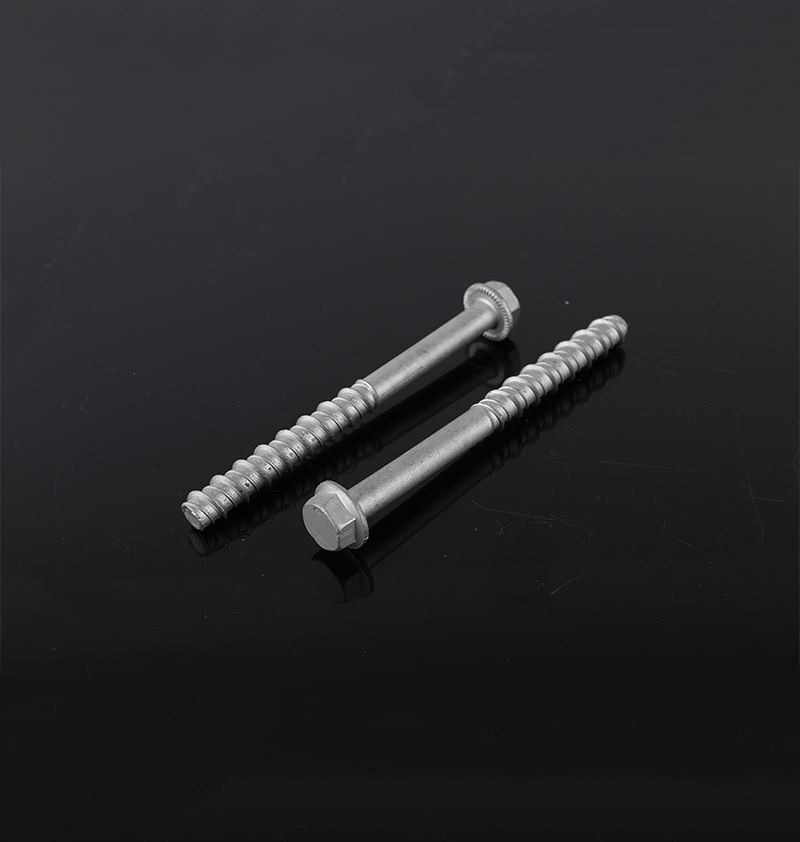

 Haiyan county, hangzhou city, zhejiang province China Square Head Wood Screw Manufacturers Square Head Wood Screw With Turning Suppliers
Haiyan county, hangzhou city, zhejiang province China Square Head Wood Screw Manufacturers Square Head Wood Screw With Turning Suppliers
In order to make the parts interchangeable, the size of […]
In order to make the parts interchangeable, the size of the parts must be within a reasonable range, so the restricted size is restricted. The actual ratio should be the conventional large and small limit ratio. Allowable scale changes are called scale public service analysis, or public service analysis for short.
Public service non-standard screw specification: The value of the public service mark specification is basically any public service mark listed in the specification that can identify the size of the public service mark. There are 20 levels of service marks in the specification, namely IT01, IT02, IT1 to IT18. IT represents the standardization of public service marks, and the number represents the level of public service marks. IT01 public service mark value is small, high precision; IT18 public service mark value is large, low precision.
Basic scale: Plan a given scale.
Limit scale: Two limit values that allow scale changes. It is determined based on the basic scale.
Error: The algebraic difference of the actual ratio minus its basic ratio.
Limit error: refers to the upper limit error and the lower limit error. The algebraic difference obtained by subtracting the basic scale from the large limit scale is a higher error, and the algebraic difference obtained by subtracting the basic scale from the small limit scale is a lower error.
Scale public service mark: Allowed scale change. That is, the difference between the large limit scale and the small limit scale is equal to the algebraic difference between the upper error and the lower error.
